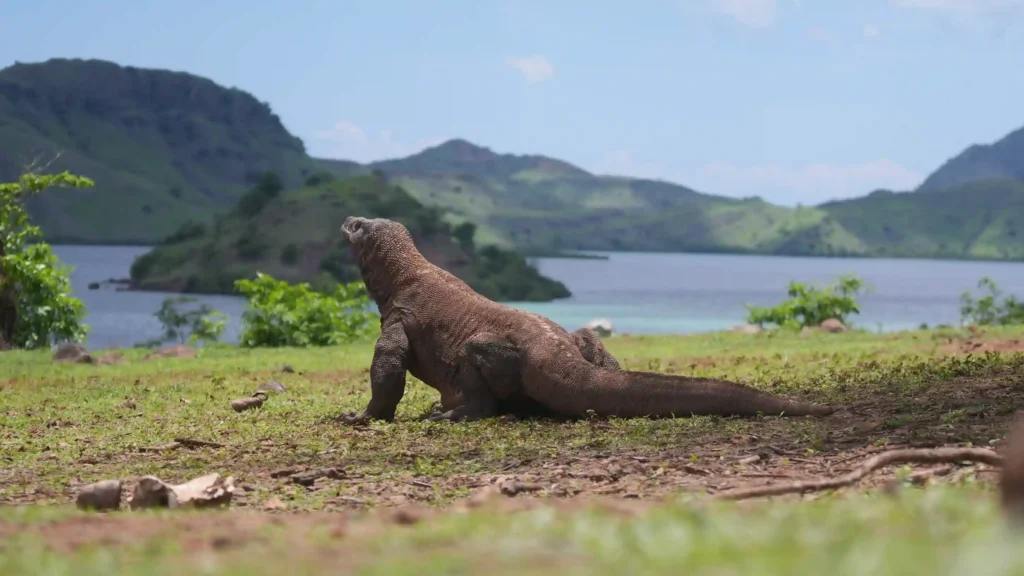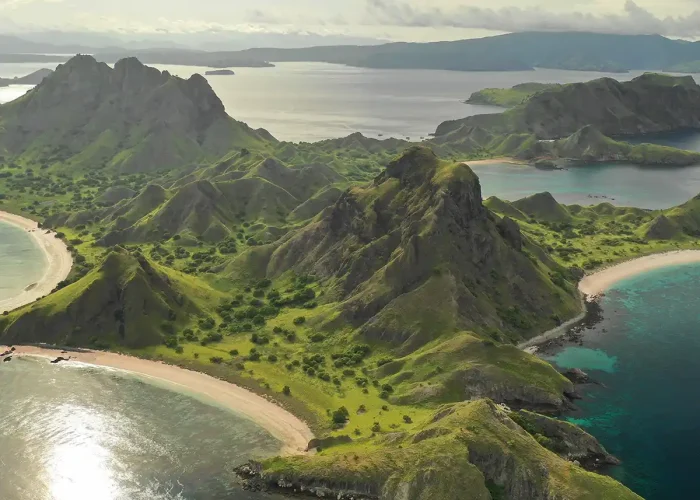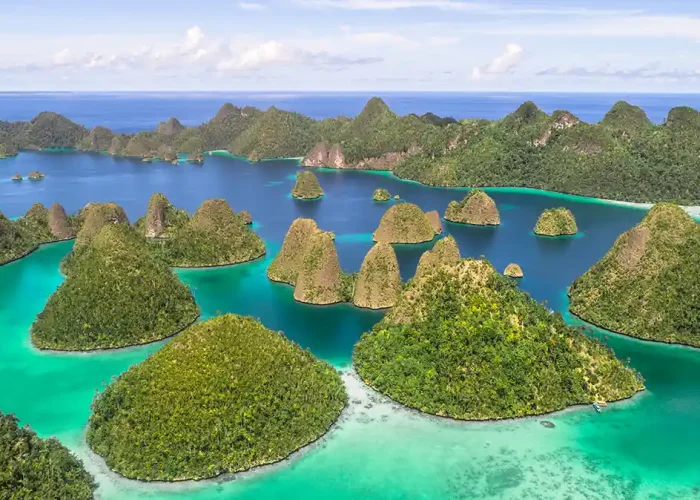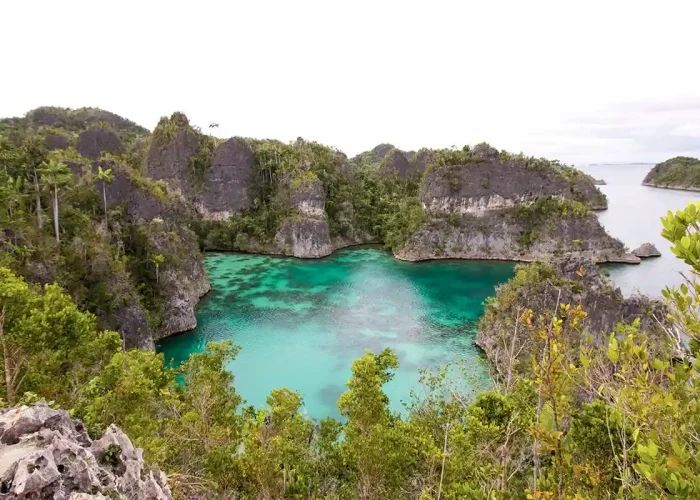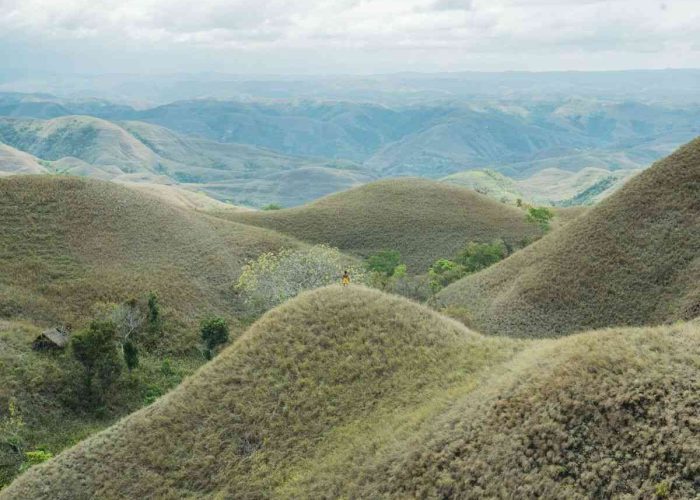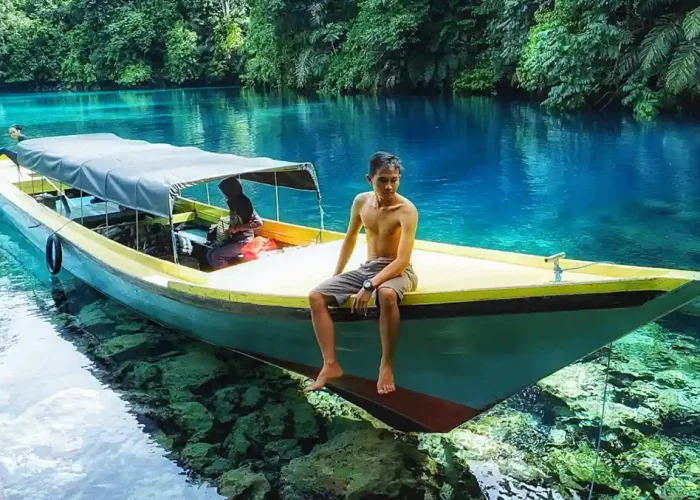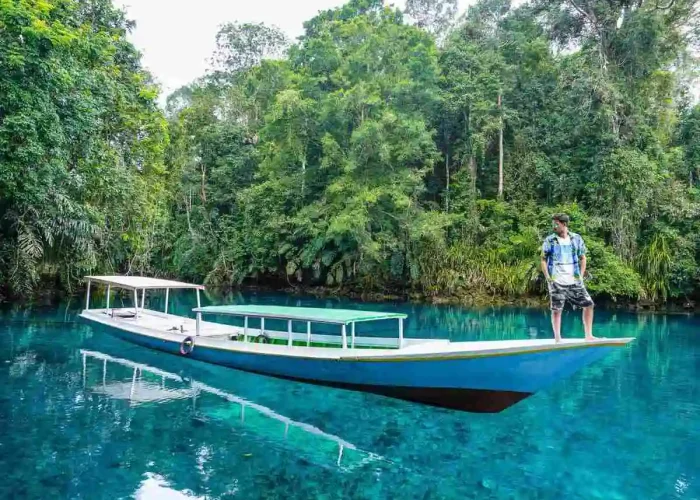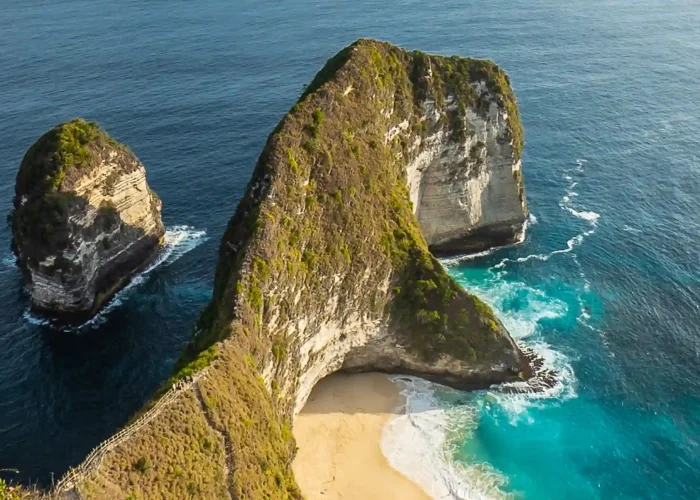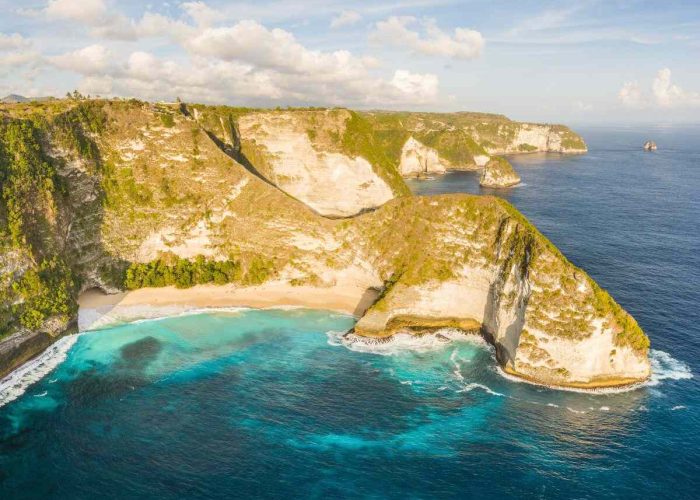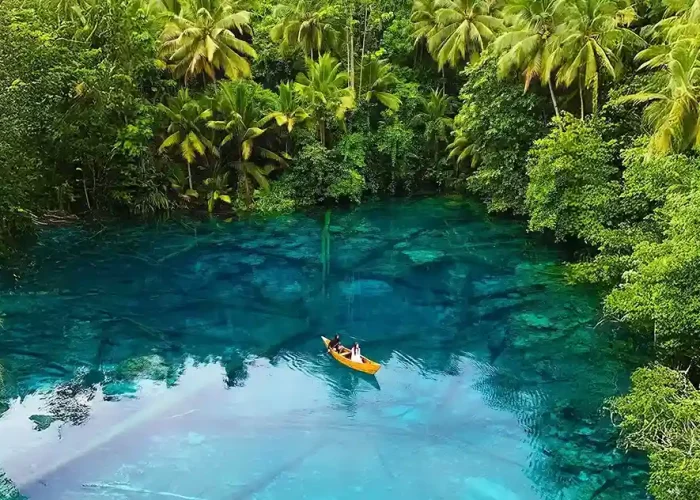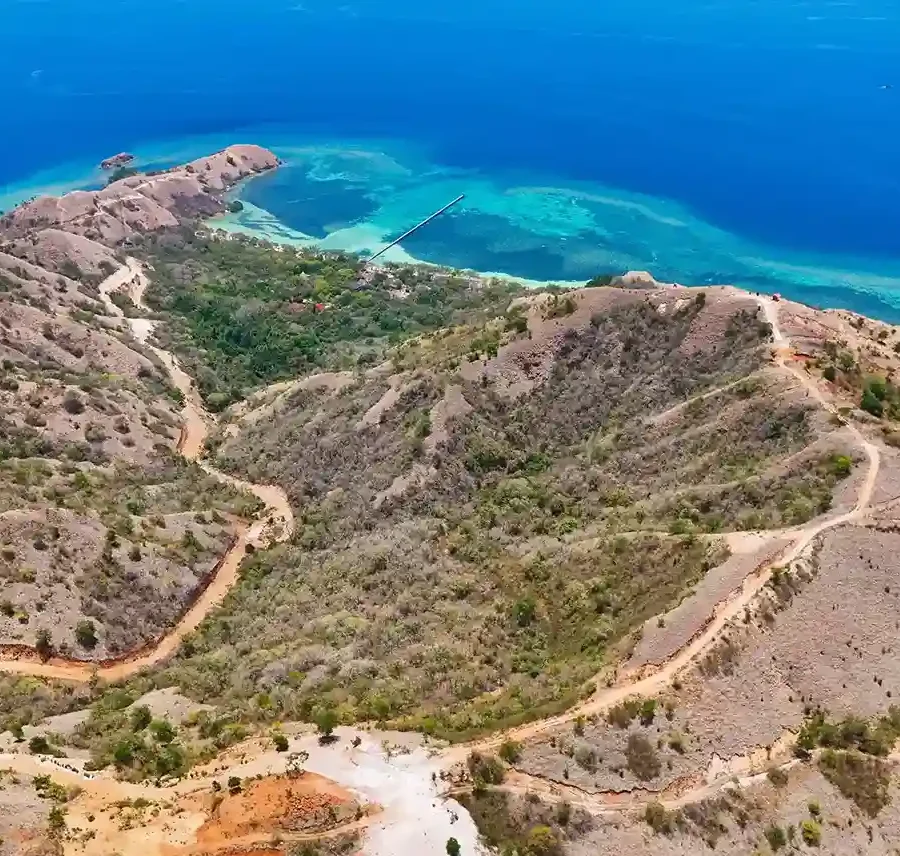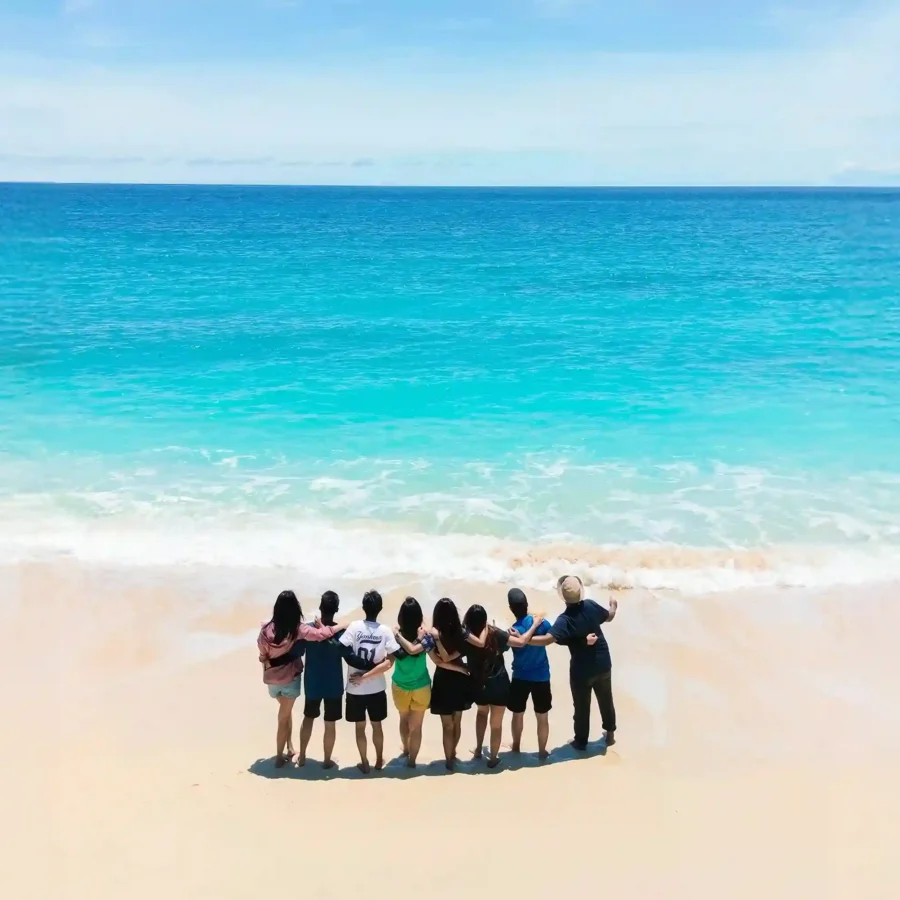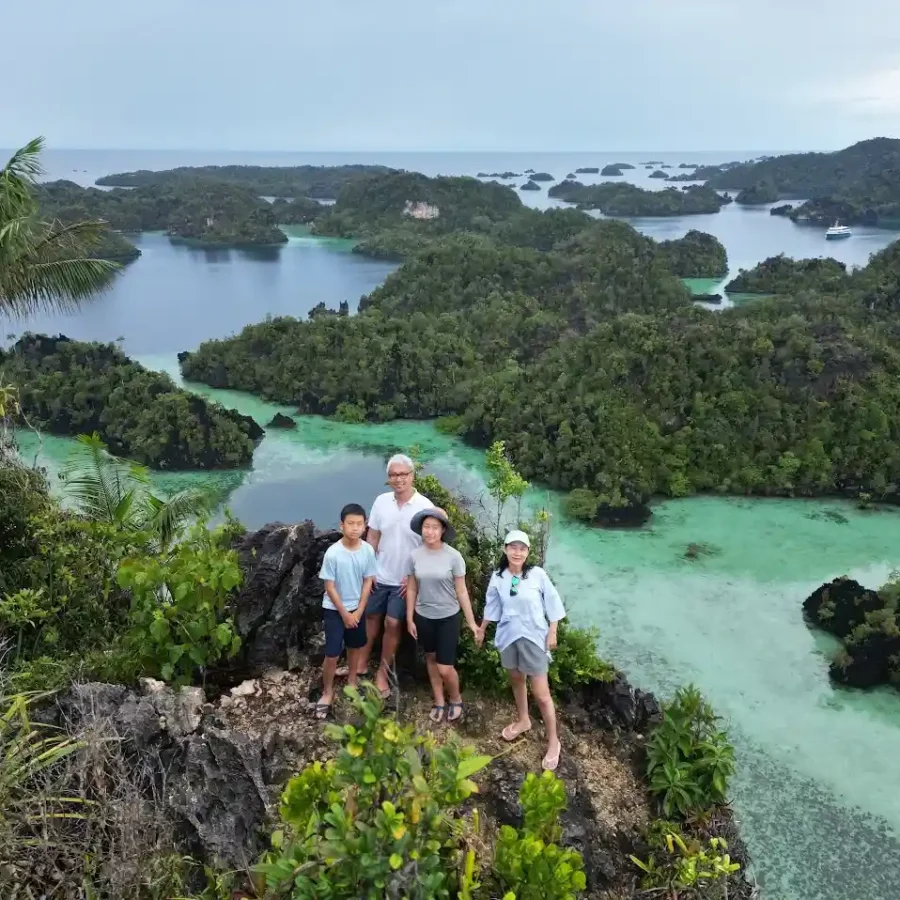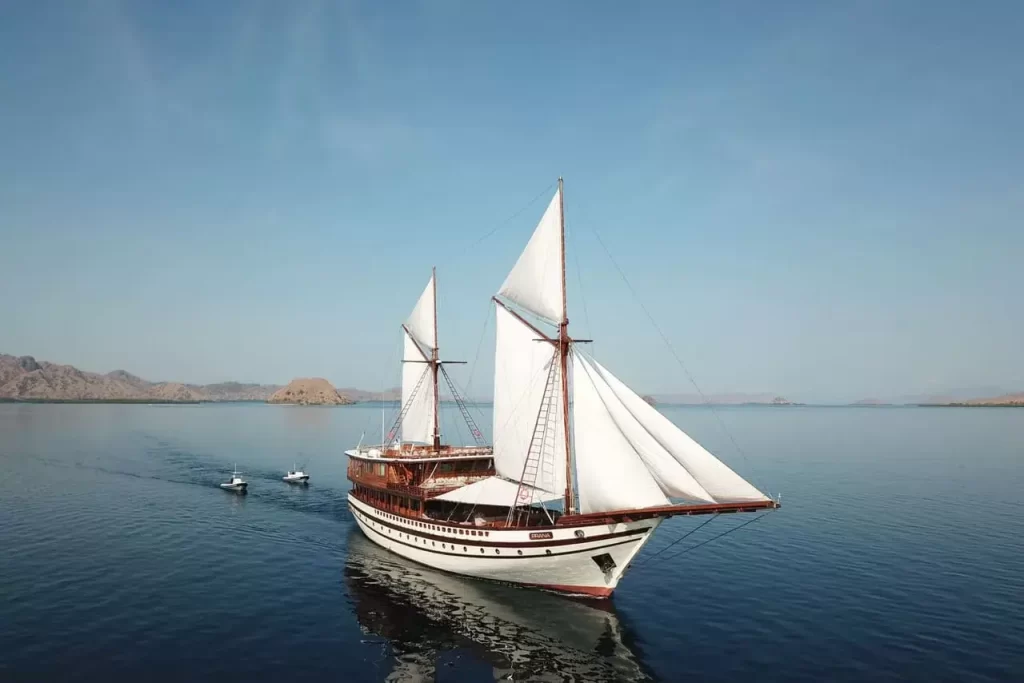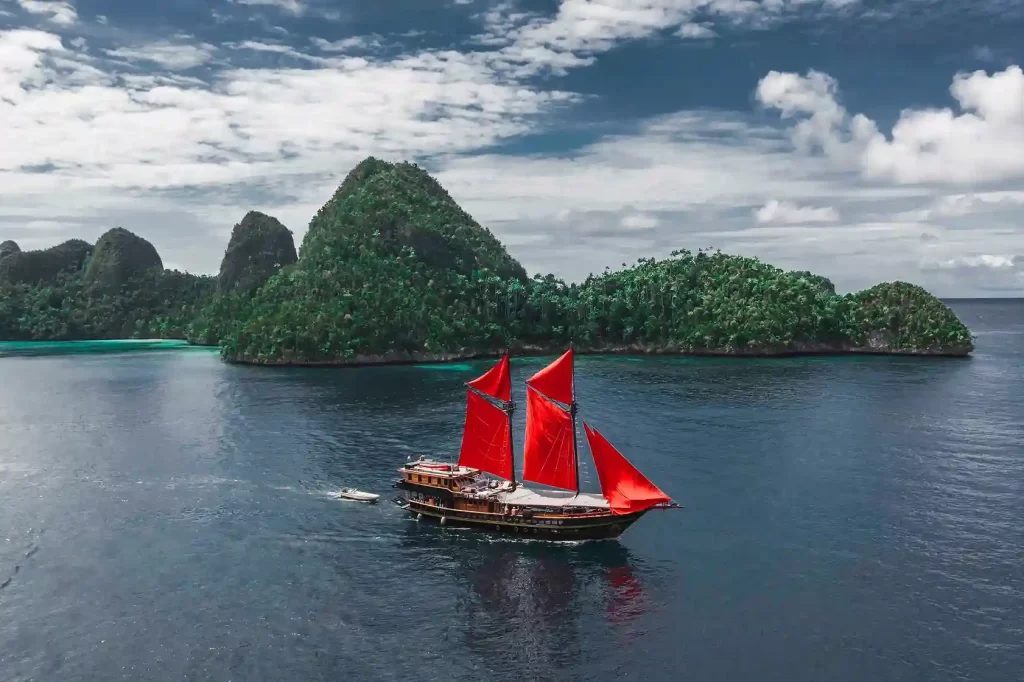If you’ve ever seen a Komodo dragon up close in Komodo National Park, you’d probably agree that this giant reptile has an aura that sparks curiosity. Beyond its massive size and distinctive way of moving, many people also wonder: how long do Komodo dragons live?
This question is completely understandable, especially since Komodo dragons are one of the few ancient species that still exist today. Their lives are full of fascinating facts, and whether you’re doing research before your trip to Labuan Bajo or simply want to learn more about Indonesia’s iconic reptile, this article will explain everything about Komodo dragon lifespan. Keep reading until the end!
Table of Contents
TL;DR
- How long do Komodo dragons live? On average, Komodo dragons live around 30 years in the wild. In captivity, they can live longer, around 35–40 years, thanks to a more stable and controlled environment.
- Komodo life cycle consists of three main stages: hatchling, juvenile, and adult.
- A Komodo dragon’s age is influenced by food availability, habitat conditions, predators and competition, diseases and injuries, as well as climate change.
- To see Komodo dragons safely and comfortably, it’s recommended to follow the ranger’s instructions, keep a safe distance, avoid bringing strong-smelling food, wear comfortable clothing, choose the right trekking time, and join a trusted tour operator like IndonesiaJuara Trip.
How Long Do Komodo Dragons Live?
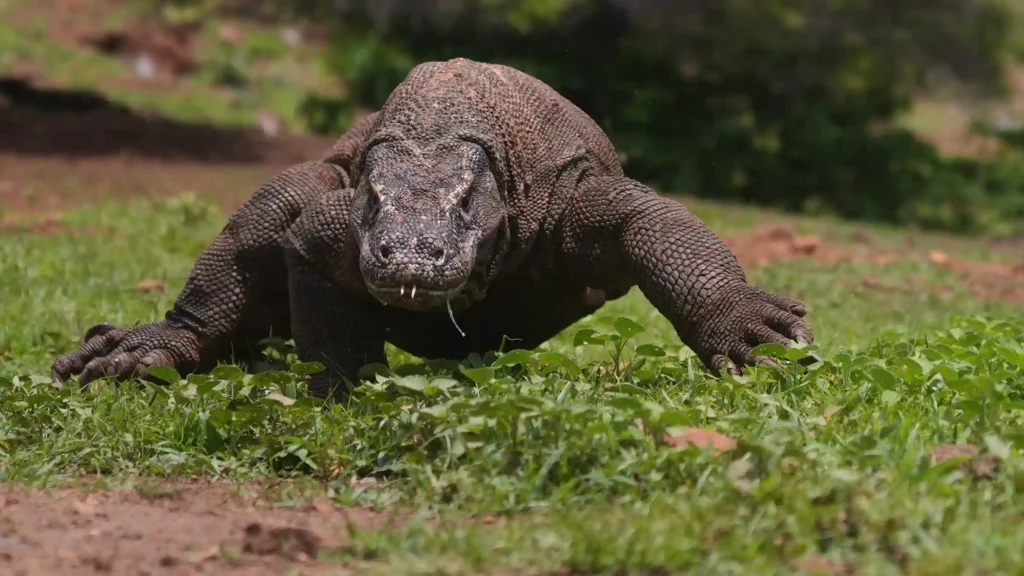
Komodo dragons generally live around 30 years in the wild, and they can reach 35–40 years when living in captivity. Here’s a more detailed explanation:
Komodo Dragon Age in the Wild
In the wild, Komodo dragons usually live up to an average of 30 years. However, this number isn’t absolute. They must survive various challenges from the moment they hatch. Even baby Komodo dragons have a high mortality rate because they’re at risk of being eaten by other animals, or even adult Komodo dragons. During their juvenile phase, they learn to hunt, climb trees, and avoid danger. By the time they finally reach adulthood, they’re already skilled at managing threats, making them more capable of surviving.
To survive for decades, several major factors influence how long Komodo dragons live in the wild, including:
- the availability of prey, since Komodo dragons require large animals to maintain energy,
- the quality of the ecosystem, including vegetation and environmental conditions that support their daily activities,
- their ability to adapt, especially when dealing with seasonal changes or competition with other Komodo dragons,
- and minimal human disturbance, from excessive tourism activity to habitat alteration.
When all these factors are in balance, wild Komodo dragons tend to live longer. This is evident in core areas like Komodo Island and Rinca Island, where national park management is well-organized and the ecosystem remains preserved. In these stable environments, Komodo dragons have a higher chance of reaching longer lifespans compared to habitats under pressure.
Komodo Dragon Age in Captivity
Unlike Komodo dragons in the wild, those living in captivity can typically reach 35–40 years. This longer lifespan is supported by a much more stable and controlled environment. They don’t need to spend extra energy defending themselves from threats, which significantly increases their survival rate. Several factors help captive Komodo dragons live longer, such as:
- Regularly provided food, so they don’t need to hunt or use excessive energy searching for prey.
- Constant health monitoring by keepers or veterinarians, making it easier to detect and treat illnesses early.
- No predators or territorial fights, which are common in the wild and often lead to injuries.
- Habitats designed to mimic natural conditions, allowing them to behave as they would in the wild without unnecessary risks.
On top of these factors, medical care plays a huge role. Injuries or infections that could be fatal in the wild can usually be treated more quickly in captivity. This is why captive Komodo dragons tend to have significantly higher life expectancy.
Compared to wild populations, this difference highlights how crucial environment and safety are to a Komodo dragon’s lifespan. The safer the habitat, the more stable the food supply, and the fewer the threats, the greater their chance of living longer.
What Is the Life Cycle of Komodo Dragons?
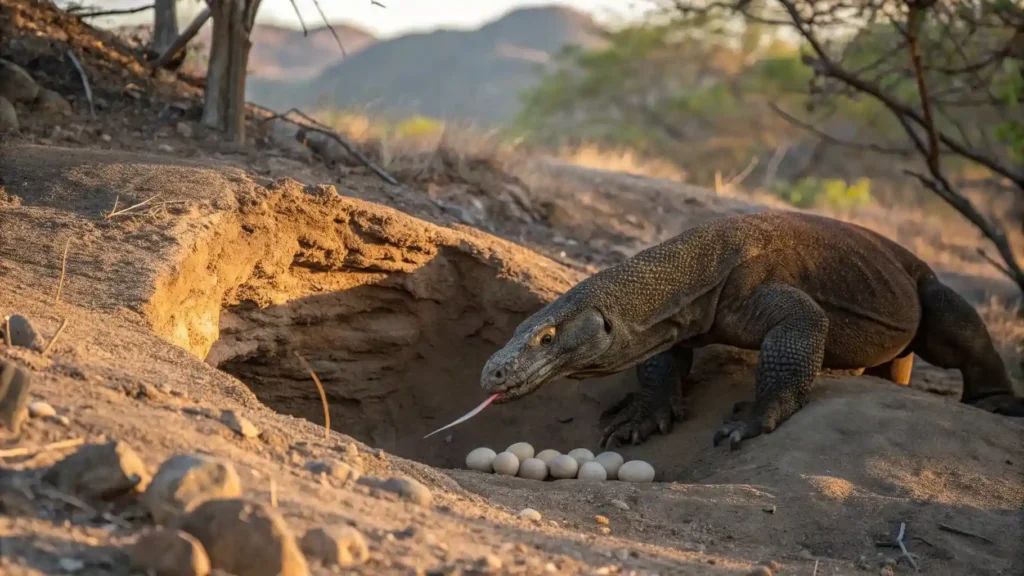
Besides understanding how long Komodo dragons live, it’s also important to know what their life journey looks like, starting from the egg stage until adulthood. Here’s how their life cycle works:
Hatchling Stage
A female Komodo dragon typically lays 20–30 eggs in one season. These eggs are placed in soil nests or holes previously made by megapode birds. The incubation period lasts around 7–8 months. When they hatch, baby Komodo dragons are about 40 cm long and must instantly survive without their mother’s help.
This is the most critical stage because of various threats from:
- predatory birds,
- small mammals,
- and adult Komodo dragons.
To protect themselves, hatchlings immediately climb trees after emerging. Up in the trees, they’re much safer and stay there until they’re large enough to return to the ground.
Juvenile Stage
During the juvenile stage, Komodo dragons begin hunting small prey such as insects, birds, and other reptiles. They still climb trees for sleeping or protection but start spending more time on the ground.
At this stage, several important developments occur:
- rapid body growth,
- stronger hunting instincts,
- decreasing predator threats as their body size increases.
Juvenile Komodo dragons must sharpen their survival skills, learning how to find prey, locate water sources, and avoid adult Komodo dragons.
Adult Stage
Komodo dragons reach adulthood at around 8–9 years old. At this age, they’re ready to reproduce and can grow over 2 meters long. Adulthood is their most stable life phase because they’re large and powerful enough to hunt bigger prey such as deer, wild boar, or young buffalo.
They also become more territorial and maintain certain areas. Adult Komodo dragons reproduce until around 20–30 years old. After that, their physical strength gradually decreases as they enter old age. This stable adult phase contributes significantly to their overall lifespan.
Read more: When Is the Best Time to See Komodo Dragons? Must-Know Info for Travelers!
What Affects a Komodo Dragon’s Lifespan?
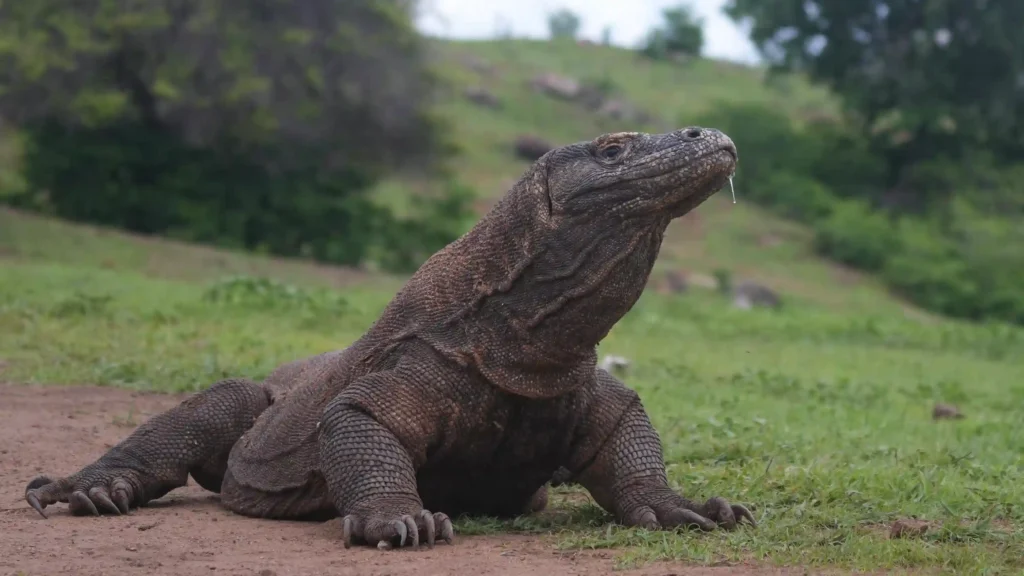
A Komodo dragon’s lifespan isn’t only influenced by genetics, it’s also shaped by various external factors that determine how long Komodo dragons can live in the wild. Here are the key factors:
- Food Availability
As apex predators, Komodo dragons need large prey to sustain their energy. If prey populations decline, they may suffer from malnutrition, which shortens lifespan. - Habitat Conditions
A healthy ecosystem directly affects their wellbeing. Damaged habitats can reduce prey availability, alter behavior, increase stress, and lower overall survival rates. - Predators and Competition
While adult Komodo dragons have few predators, hatchlings are extremely vulnerable. High juvenile mortality decreases the number of Komodo dragons that survive into older age. - Disease and Injuries
Injuries from fights or infections can be serious. Without medical help in the wild, the risk of death is much higher than in captivity. - Climate Change
Longer dry seasons, temperature rises, and shifting rainfall patterns can affect water sources, vegetation, and prey availability, ultimately impacting their longevity.
Tips for Seeing Komodo Dragons Safely and Comfortably
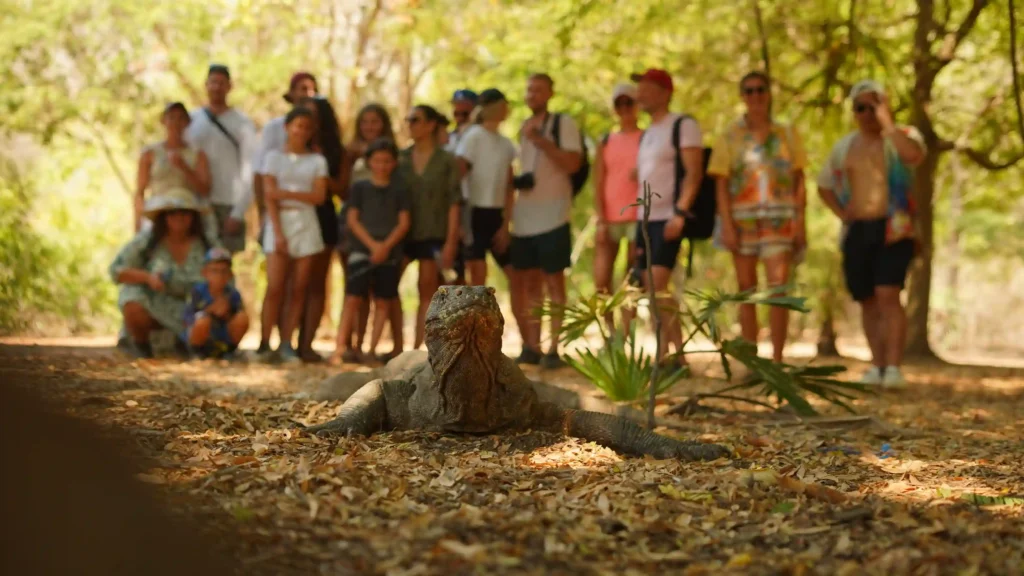
If you’re planning a trip to Labuan Bajo and want to see Komodo dragons up close, there are several things you should pay attention to in order to stay safe and comfortable. Since Komodo dragons are wild animals, it’s important to follow all the safety procedures. Here are some tips:
- Follow the Ranger’s Instructions
Rangers know Komodo dragon behavior very well. They can tell when a dragon is calm, agitated, or needs to be avoided. Always keep a safe distance as instructed. - Don’t Get Too Close
Even if they look still, Komodo dragons can move quickly. Never provoke danger by getting too close or trying to take risky photos. - Avoid Bringing Strong-Smelling Food
Komodo dragons can detect scents from kilometers away. Strong-smelling food may attract them and create unsafe situations. - Wear Comfortable, Covered Clothing
Trekking paths can be quite long. Comfortable clothing helps you move easily and protects you from insect bites. - Choose the Right Trekking Time
Komodo dragons are usually more active in the morning, giving you a better chance to observe them walking, hunting, or patrolling the savanna. - Join a Trip With a Trusted Operator
For a safer and more organized experience, you can join a trip with IndonesiaJuara Trip, a tour operator with more than 10 years of experience guiding travelers across Labuan Bajo. With a clear itinerary and a professional team, you’ll also get help choosing the best trekking route to see Komodo dragons safely.
Read more: Komodo Island Complete Guide with IndonesiaJuara Trip
Let’s See Komodo Dragons in Their Natural Habitat With IndonesiaJuara Trip!
Now you already know the answer to “how long do Komodo dragons live?”, around 30 years in the wild and up to 35–40 years in captivity. This difference highlights how crucial habitat conditions, food availability, and threat levels are in determining their overall lifespan. The more stable their environment, the higher their chance of living longer.
By understanding their lifespan and life cycle, you’ll gain deeper appreciation for this ancient reptile. Seeing Komodo dragons in their natural habitat also gives you a clearer picture of how they survive for decades. For a safe and well-guided experience, you can join a Labuan Bajo tour with IndonesiaJuara Trip. With more than 10 years of experience exploring Komodo National Park with travelers, the IndonesiaJuara Trip team is ready to guide your journey professionally and enjoyably. Let’s start planning your adventure!


